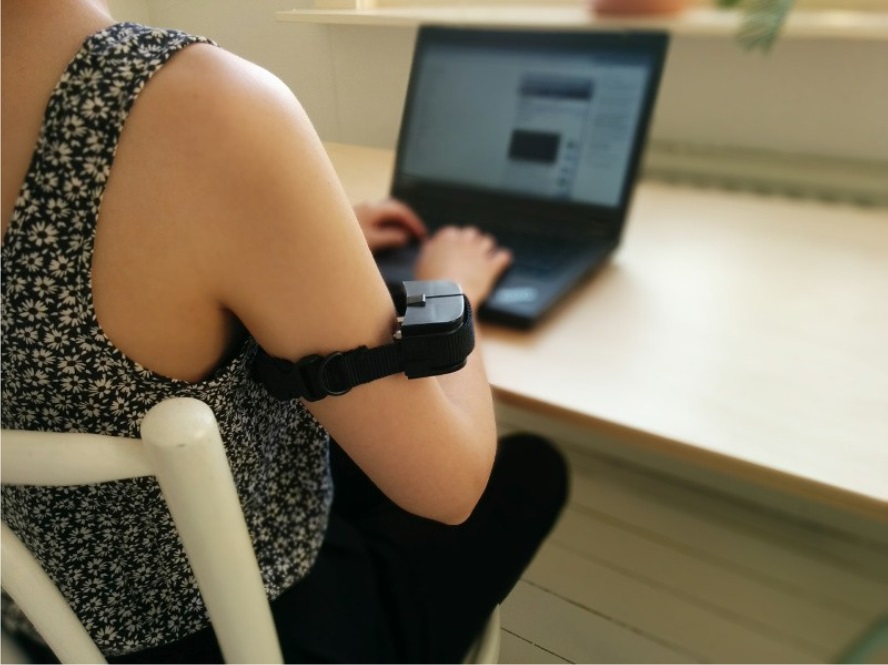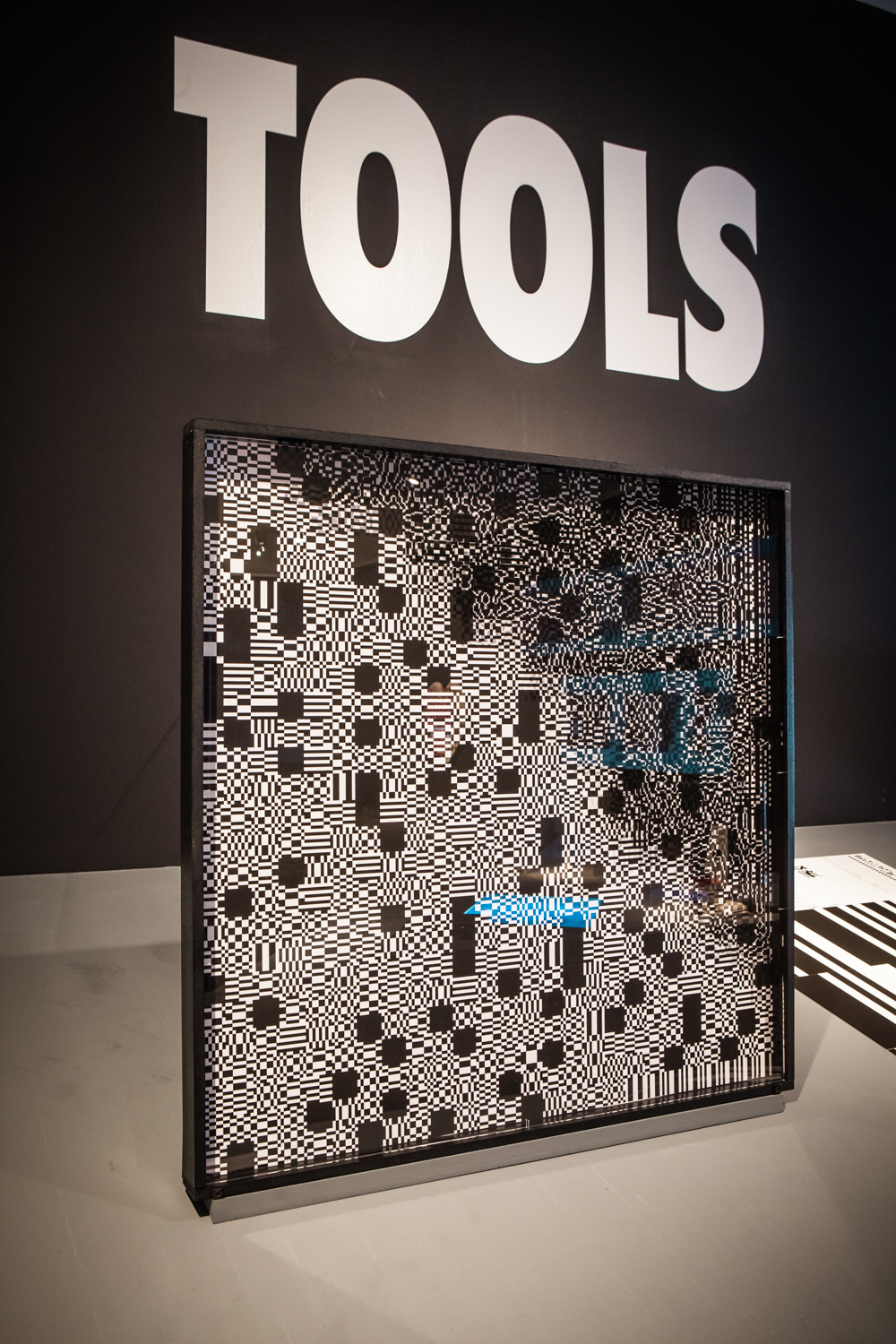Design my privacy!
Nowadays, we continually share data: a message via WhatsApp, a picture on Instagram, an update on Facebook or an e-mail via Gmail. With whom do you really share this data? And who can watch along in this process? How can you make sure that your personal data stay strictly personal?
Design My Privacy is an exhibition connected to the Crypto Design Challenge. The exhibition Design my Privacy addresses themes of online privacy and digital surveillance. Beside some historical examples of encrypting, such as the Enigma machine, Design my Privacy also shows some surprising contemporary methods to ensure your privacy. Also, the best submissions for the Crypto Design Challenge are displayed. The Challenge called on young designers, students and artists to develop new ideas on the encryption of digital data and to visualise our post-Snowden society.
Design my Privacy exhibition in MOTI displays work by, among others: Willem Popelier, Mark Shepard, Ruben Pater, FRONT404, Rosa Menkman, Maddy Varner for F.A.T., Heath Bunting, Joyce Overheul, Owen Mundy, Jeroen van Loon and Sander Veenhof.
The Crypto Design Challenge is an open call to all designers and artists in the Netherlands and Belgium to develop new ideas and to submit inspiring plans and proposals to make the encryption of digital images and information accessible to all. Making texts and images secure is complicated, and it’s something that designers are not or insufficiently concerned about at present. This call aims to change that.
A renowned jury of experts will select the most original and outstanding submissions. From March 2016 a new call will be announced. More information about Crypto meetings, events, the names of the jury and extra information about the exhibition and manifest will be posted online soon, so keep an eye on our website!
Prize winners of the Crypto Design Challenge 2015
The jury of the first Crypto Design Challenge consisted of Caroline Nevejan (researcher and designer), Brenno de Winter (investigative journalist specialising in IT security), Cees Meeuwis (former managing director of Telfort and former member of parliament), Roel Bergsma (CSO Macaw), Renny Ramakers (Director of Droog Design) and Mieke Gerritzen (director of MOTI). From the finalists, the jury finally settled on two prize winners: Jasper van Loenen and Rosa Menkman.
Jasper van Loenen developed the Web Training Collar. Many websites continue to offer their visitors a non-secure http connection. Communication between the user’s computer and the website server is easy to intercept, particularly when using public WiFi networks. With the Web Training Collar, internet users can take control of the situation. Whenever they establish a non-secure connection, the collar gives the user a light but annoying electrical pulse. Applying the principle of the Pavlov effect, people can thus train themselves to only visit websites using a secure https connection, and so to protect themselves online.

Rosa Menkman submitted another striking proposal for the Crypto Design Challenge. Her project, titled Discrete Cosine Transform, enables the internet user to encrypt information. Successful encryption not only depends on the measure of encryption, but also of its placement. With this in mind, Menkman developed Discrete Cosine Transform. DCT uses the aesthetics of JPEG compression by masking the entire message as an artefact or error. Only a DCT-versed reader can recognise and read the secret message.
